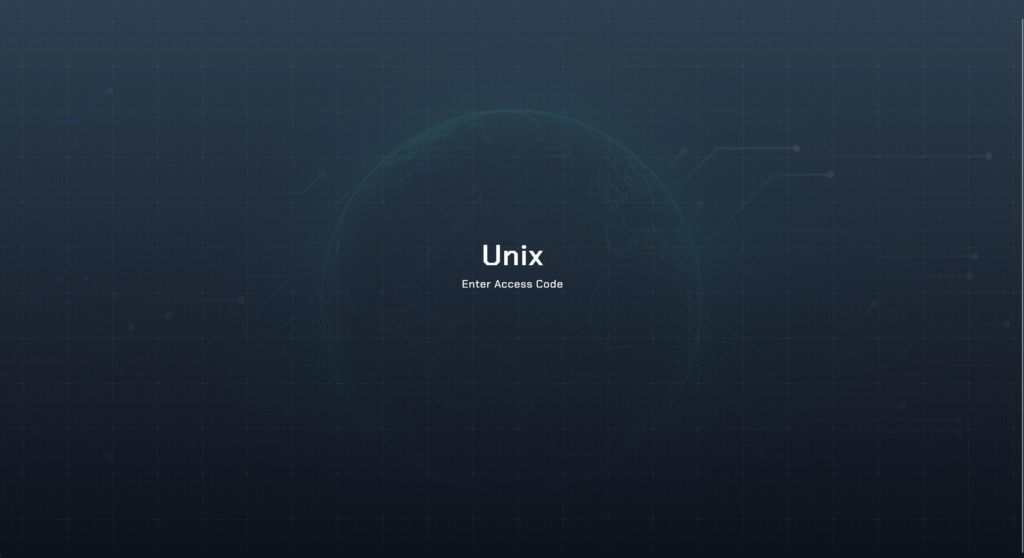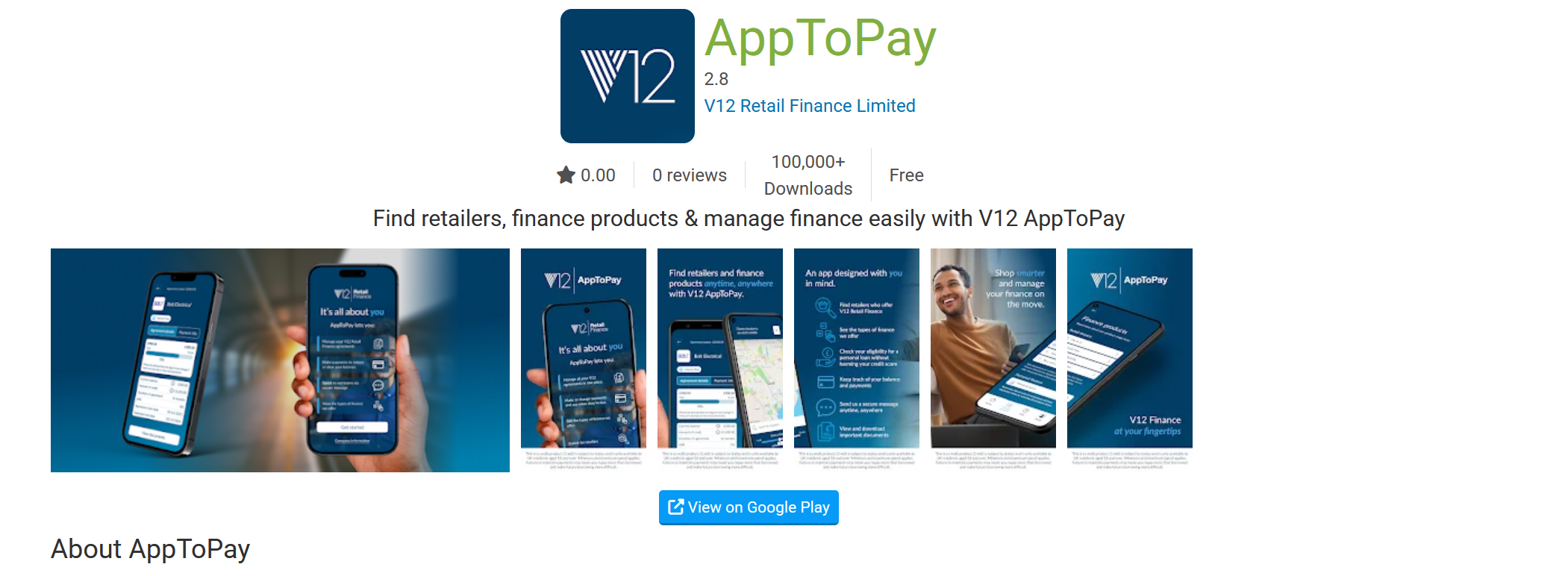Introduction
In an internet era where glossy landing pages and slick dashboards can be spun up in hours, the difference between a legitimate financial platform and a high-risk trap often comes down to details most people overlook. The website “unix.link” is a perfect reminder of why vigilance matters. Below, you’ll find a structured, plain-English breakdown of the critical warning signs everyday users miss, how schemes like this typically operate, and the practical steps you can take to protect yourself before any money changes hands.

1) The Mirage of Professionalism
Deceptive platforms lean heavily on clean typography, dramatic hero images, and trust-evoking buzzwords. That polish can trick the brain into equating good design with good intent. But presentation isn’t regulation, and branding isn’t a license. If “unix.link” (or any site) leads with slick visuals yet struggles to offer verifiable corporate identity, real office locations, or independently auditable documentation, you’re dealing with marketing—not proof. Always separate form from substance: a credible operator can demonstrate corporate filings, legal entities, and ownership you can verify outside its own website.
2) Missing or Murky Authorization
Legitimate brokers, payment platforms, recovery specialists, or wealth managers operate under a regulator somewhere—often multiple regulators if they target multiple countries. No clear regulatory status is a critical red flag. Some sites bury this behind vague legalese, “registered in” statements without a regulator name, or recycled license numbers that, when checked, belong to someone else. If a platform cannot state who regulates it and where, assume you lack core protections like dispute resolution, compensation schemes, or standardized complaint channels.
3) The “Too-Good-To-Be-True” Profit Story
Fraud-facing casework shows a recurring pitch arc: guaranteed returns, risk-free yield, secret strategies, or AI-powered certainty. Real markets don’t do certainty—ever. Be suspicious of tight performance charts that never show losing days, impossibly consistent percentage gains, or back-tests that always outperform the market. If “unix.link” or any platform positions itself as an easy-button money machine, remember: stable, above-market returns with minimal drawdowns are exceptionally rare and require proof you can validate outside of marketing claims.
4) “Deposit First, Evidence Later” Workflows
High-risk platforms frequently mask operational emptiness with onboarding friction: KYC steps that look official, “account executives” who sound professional, and dashboards that simulate activity. The pattern is simple: collect deposits now, promise “live trading” or “staking” later. Real operators let you validate before funding—through demo environments, product trials, or verifiable settlement proofs. If money must move before you can verify anything meaningful, the risk profile spikes dramatically.
5) The Withdrawal Wall
Nothing exposes a platform faster than a small test withdrawal. Bad actors anticipate this: they’ll approve tiny withdrawals early to manufacture trust, then stall, add “taxes,” “clearance fees,” or “unlocking charges” once you try to move a meaningful amount. If terms mention volume thresholds, surprise maintenance fees, or unusual third-party “escrow” releases, you may be in a closed loop where your funds only circulate inside the system. A legitimate platform can show swift, routine, and provably settled withdrawals—consistently, not just once.
6) Generic Documents and Borrowed Identities
Another hallmark: templated whitepapers, stock photography “teams,” and legal pages that read like copy-paste jobs from elsewhere. Names that don’t match LinkedIn histories, “advisors” who never publicly reference the platform, or addresses that resolve to mail drops and coworking spaces are all signals to pause. If “unix.link” showcases leadership you can’t truly verify, or compliance language you can’t match to a regulator’s official guidance, you’re likely reading materials optimized for confidence, not compliance.
7) Social Proof That Isn’t Proof
Reviews on a platform’s own site are not evidence. Nor are single-purpose blogs that always rate everything “excellent.” Look for independent, third-party feedback with a history of critical analysis. Even then, evaluate patterns over isolated comments: do users report consistent, verified withdrawals? Are disputes resolved in writing? Are there public case numbers, court filings, or regulator entries? When social proof is thin, anonymous, or too perfect, caution beats credulity.
Practical Due-Diligence You Can Do in Under 30 Minutes
- Identify the Legal Entity: Exact company name, incorporation number, and jurisdiction. If it’s missing, stop.
- Find the Regulator: Name, license number, and scope. Verify on the regulator’s own register—not a screenshot.
- Check the People: Do named executives have consistent, multi-year footprints—interviews, filings, professional histories?
- Read the Terms: Withdrawal rules, fees, arbitration venue, governing law, and liability limits. Vague = risky.
- Test the Perimeter: Small deposit (only if you can afford to lose it) and immediate small withdrawal. Document timing and communication.
- Independent Signals: Search for coherent external analysis, complaint patterns, or legal actions. One glowing blog is not enough.
- Threat Model: What happens if access is cut for 48 hours? If support goes silent? If your account is “under review”? Plan before funding.
If You’ve Already Deposited
- Document Everything: Screenshots of balances, emails, transaction IDs, chat logs, and any invoices/receipts.
- Attempt a Small Withdrawal: Early and often. Track response times and reasons for delay.
- Stop Adding Funds: Scammers push “just one more deposit to unlock.” Don’t.
- Secure Your Devices & Wallets: If you connected wallets or shared seed phrases (never do this), move assets and rotate credentials.
- Report Promptly: Filing early with relevant authorities and your bank/payment provider can improve outcomes.
- Seek Professional Guidance: Reputable recovery professionals focus on evidence, lawful escalation, and realistic outcomes—no promises, just process.
Conclusion
The modern internet rewards speed, novelty, and eye-catching design. That’s precisely why measured skepticism is so powerful. A site like “unix.link” may feel modern and persuasive at first glance, but real trust isn’t built on visuals; it’s built on verification. Licenses can be confirmed, corporate entities can be looked up, and leadership can be traced across time and jurisdictions. If those building blocks are missing—or only exist as screenshots and slogans—you are not looking at a durable financial partner. You are looking at risk dressed up as opportunity.
One of the most effective defenses you have is sequence: verify first, fund later. Reputable businesses let you test flows, access clear policies, and perform small, repeatable withdrawals without surprises. Bad actors invert that flow—they push you to deposit, then explain away every friction point as a temporary “compliance” matter. The more conditions and add-on fees that appear after the fact, the clearer the picture becomes: the system is designed to retain your funds, not release them.
It also helps to detach from the narrative of easy wins. Markets move. Profits fluctuate. Anyone offering certainty in an uncertain environment is selling a story. Replace the allure of secret strategies and AI magic with simpler, sturdier checks: Is the company authorized to do what it claims? Can you verify withdrawals outside their interface (for example, on a public blockchain or bank ledger)? Are customer protections and escalation paths documented by independent authorities rather than the platform itself?
If you are already involved, speed matters. Preserve evidence, pause deposits, and request a small withdrawal immediately to test the system’s honesty. Seek help that emphasizes documentation and due process, not miracle recoveries. And share what you’ve learned—quiet shame helps scammers; public, factual accounts help future victims.
In the end, your safest posture in the new internet age is a blend of curiosity and caution: curious enough to explore opportunities, cautious enough to verify claims before committing capital. Whether it’s “unix.link” or the next polished promise to appear in your feed, insist on transparency, regulation, and repeatable proof. The difference between a good decision and a costly one often lies in just thirty minutes of disciplined due diligence





